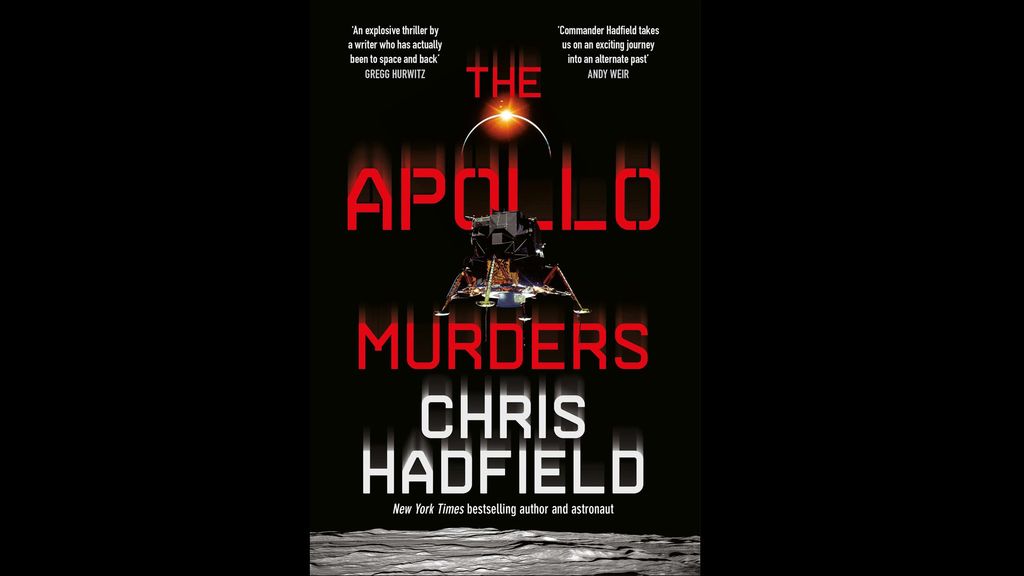
Now, he has turned his hand to thrillers with The Apollo Murders, an alt-history set during the cold war that seemingly draws on his own space flight experiences and takes them to dramatic extremes.

Since retiring from the Canadian Space Agency, Hadfield has written a number of non-fiction books, including his autobiography, An Astronaut’s Guide to Life on Earth. “ Space flight isn’t just about doing experiments, it’s about an extension of human culture,” he told me when we spoke following his return to Earth. While on the ISS, Hadfield made space seem exciting and relevant to the average person in a way that it hadn’t been for many years. The video has since been viewed more than 50 million times, and is still as awe-inspiring as ever. He came to public prominence much later, in 2013, during his third and final mission to orbit, when he used social media including Twitter and YouTube to swap messages with the likes of William Shatner and talk about life onboard the station.Īll of this culminated with Hadfield releasing a cover of David Bowie’s Space Oddity, recorded in microgravity. He first flew to space in 1995, riding on NASA’s space shuttle to visit the Russian space station Mir. In the 21st century, though, most astronauts are completely anonymous.Ĭhris Hadfield, the Canadian former commander of the ISS, is a rare exception.


In the early days of crewed missions, NASA’s Mercury Seven astronauts were magazine cover stars and celebrities. We weren’t always this blasé about human space flight. I FOLLOW space flight pretty closely, and yet I couldn’t tell you the names of the people currently aboard the International Space Station (ISS) without looking it up.


 0 kommentar(er)
0 kommentar(er)
